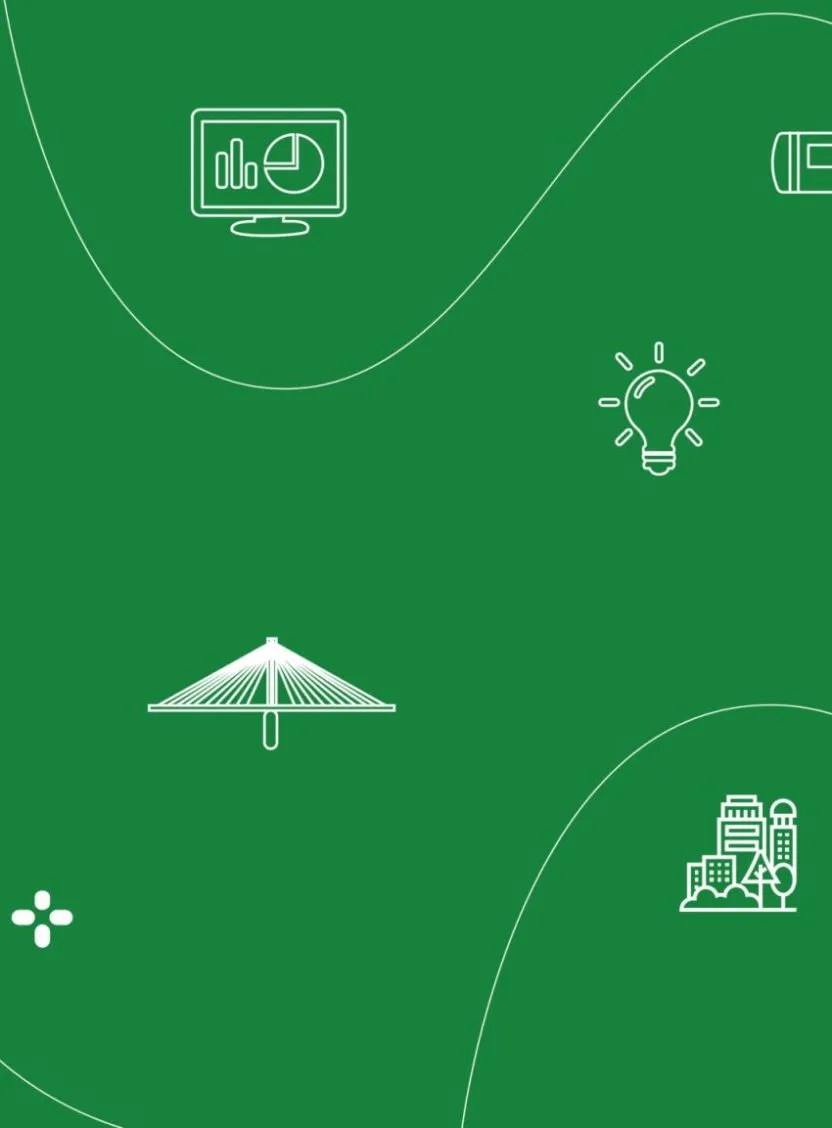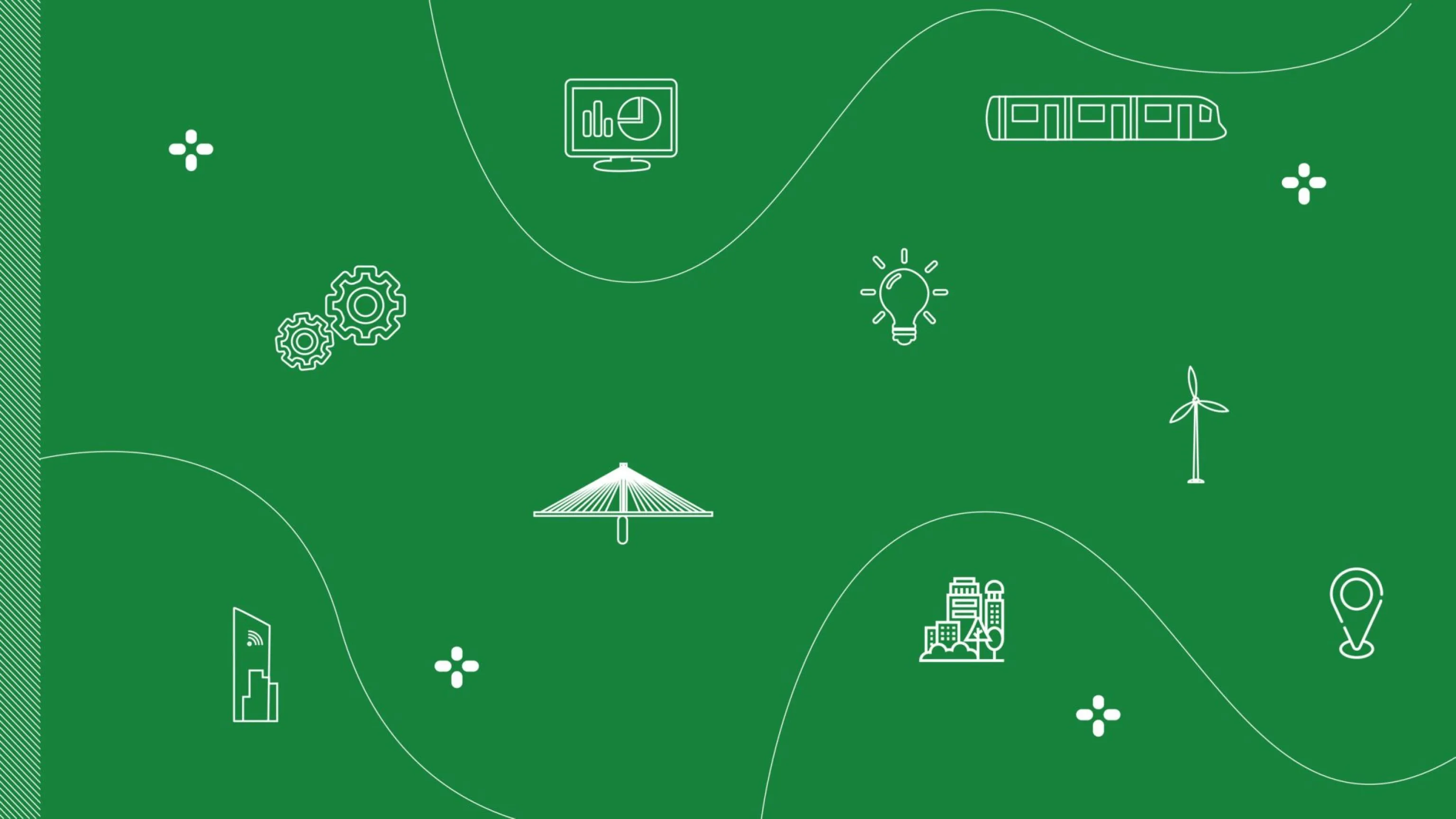
As part of an international project to stabilize the level of the Dead Sea, which has been dropping for 50 years, an ambitious project for conveying water from the Red Sea is being assessed. This project involves a number of territories, including Jordan, Israel and Palestine.
The project features a 210 km pipeline, a pumping station with an annual capacity of 2.1 billion m3 and a desalination facility with an annual capacity of 930 million m3.
This important project, carried out in the form of a BOT (Build, Operate and Transfer), has 3 objectives:
– Increase drinking water ressources in southern Jordan, Israël and the Palestinian territories
– Fight against the drying up of the Dead Sea
– Participate in developing and pacify the region
The project includes:
– a desalination station located approximately 20km north of the city of Aqaba in Jordan with a capacity of 65m3/year. This will involve three pumping stations and four turbining stations along a feeder pipe crossing an incline of more than 300 m
– a deep water intake (140m) in the Red Sea and underwater piping of 23m3/s
– a pumping station to transport sea water from the Red Sea to the desalination station with a capacity of 10m3/s
– a salt water transfer system from the desalination plant to the Dead Sea of about 200KM equiped with pumping and reservoir stations and with a capacity of 8m3/s
– hydroelectric plants using the vertical drop between the highest point of the transfer system (250m) to the Dead Sea (-435m)

